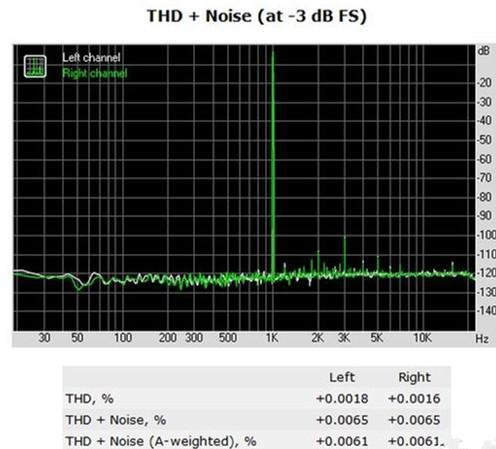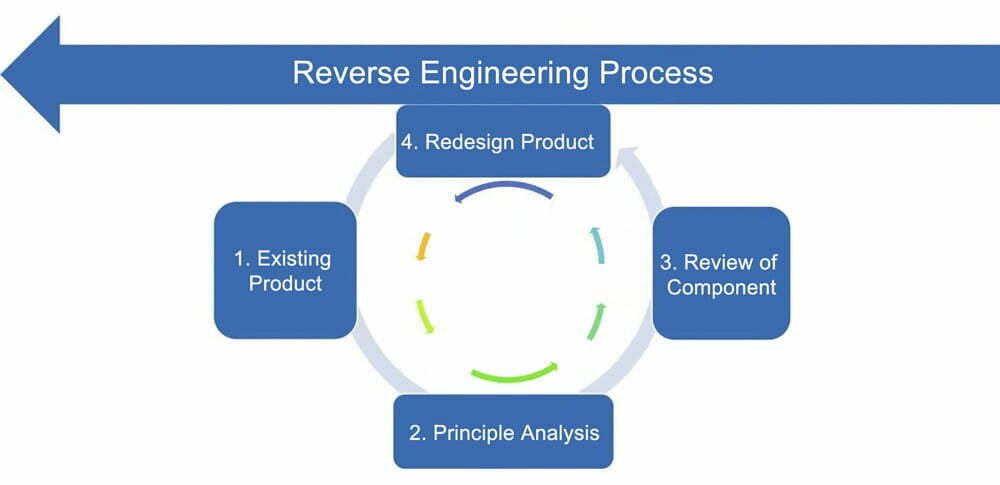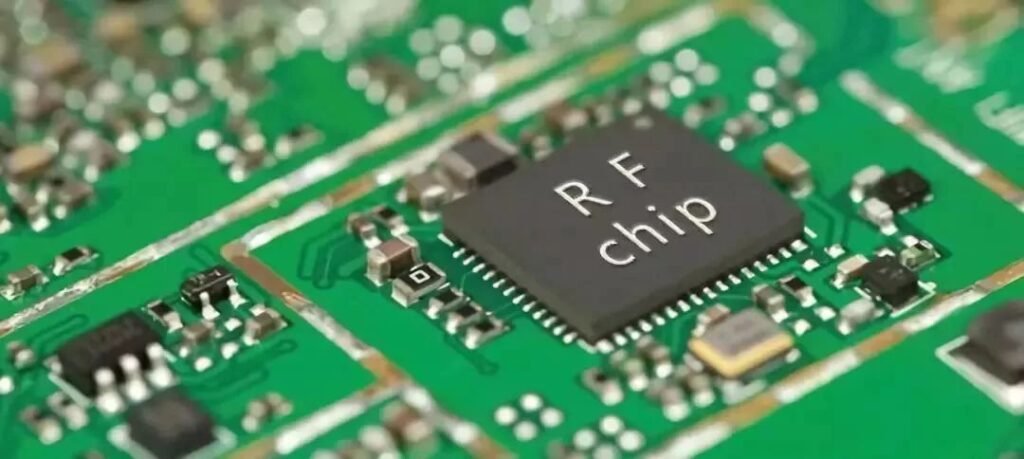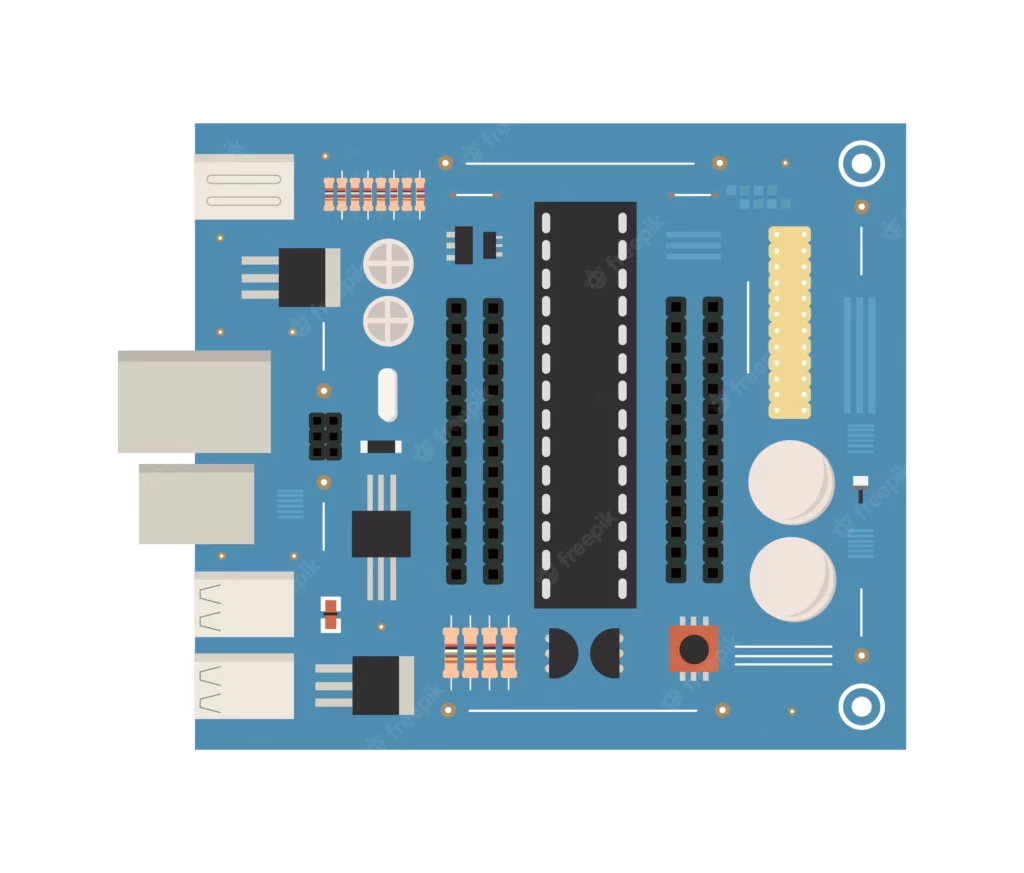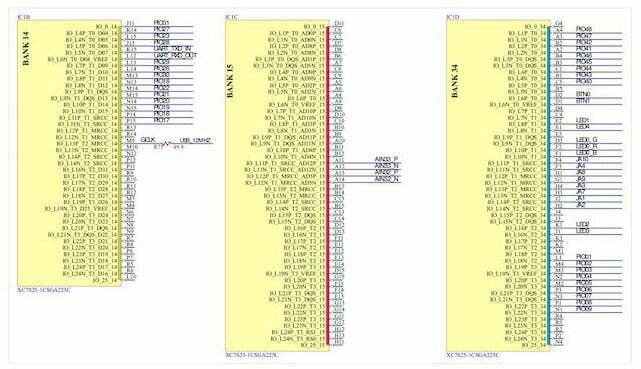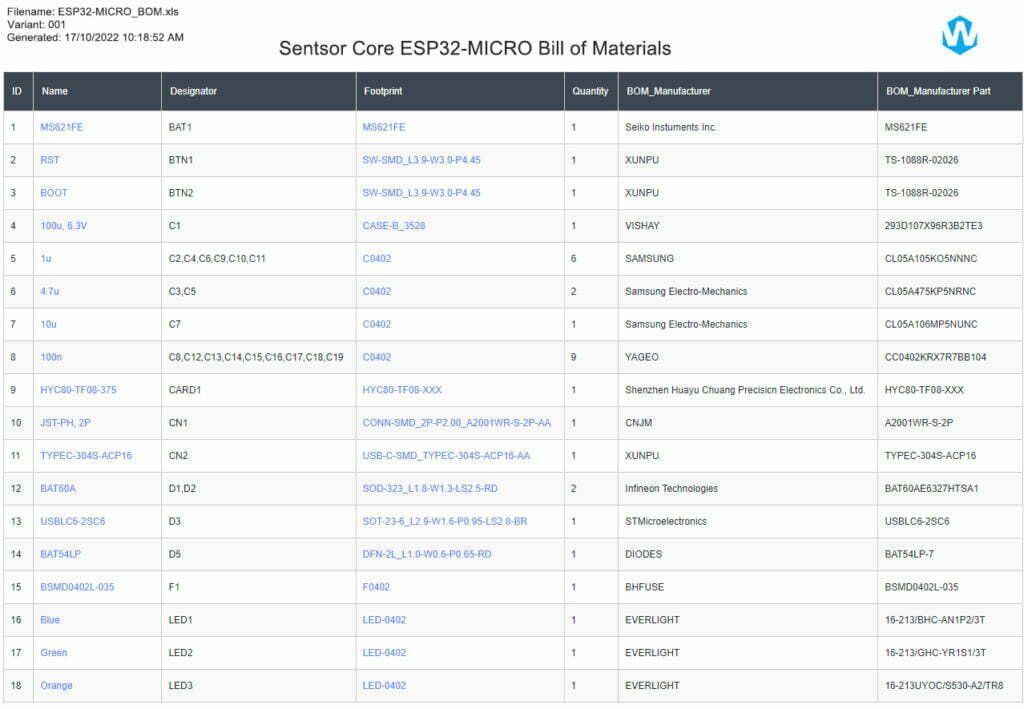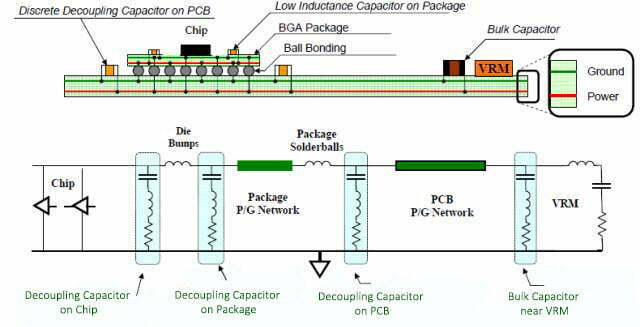Harmonic Distortion: What It Is and How To Prevent It?
If you’ve ever listened to an uncle playing blues guitar or a friend strumming a cheap plastic ukulele, you probably know what harmonic distortion is. It sounds like a very slight buzz, hiss, or whiz in the background of their performance. That is because these instruments aren’t able to produce their notes without some kind […]
Harmonic Distortion: What It Is and How To Prevent It? Read More »

